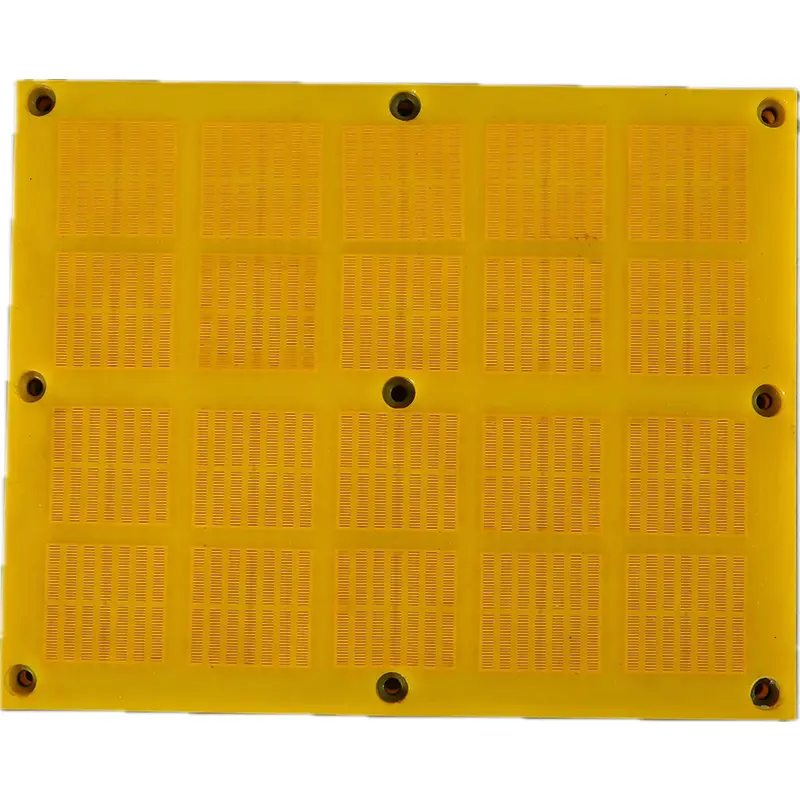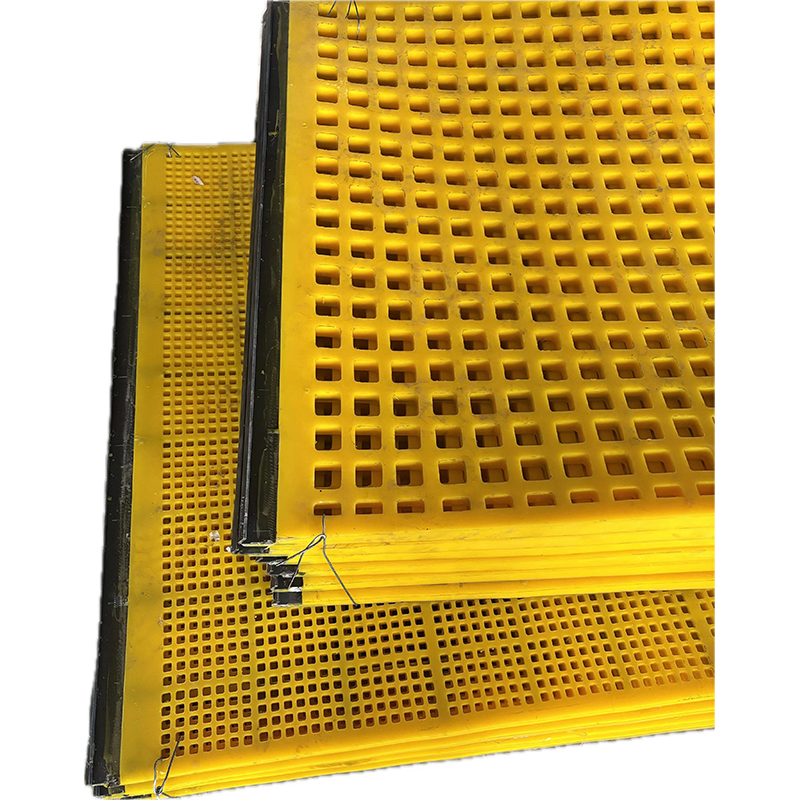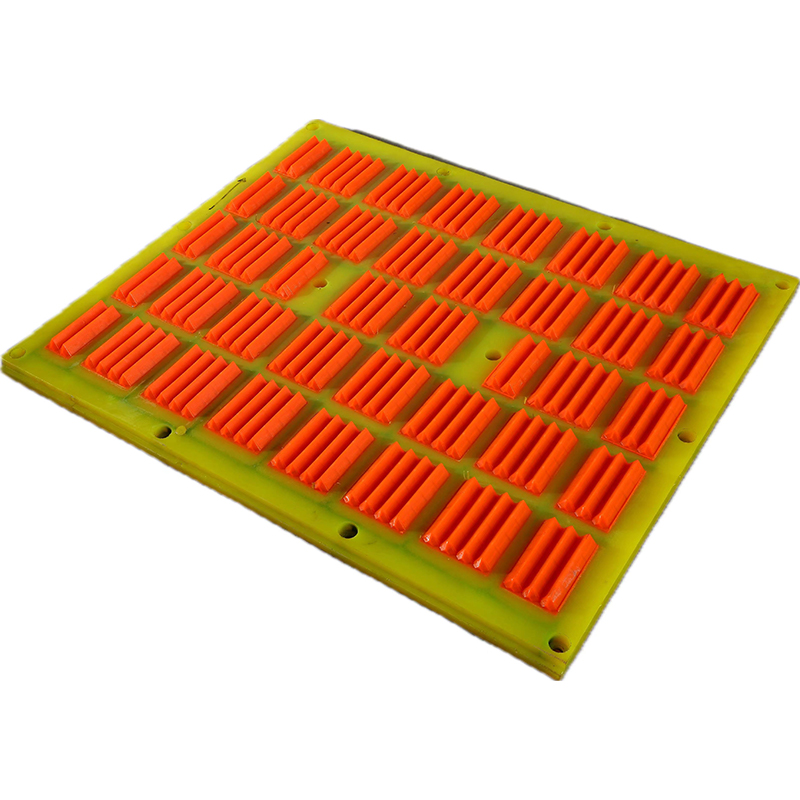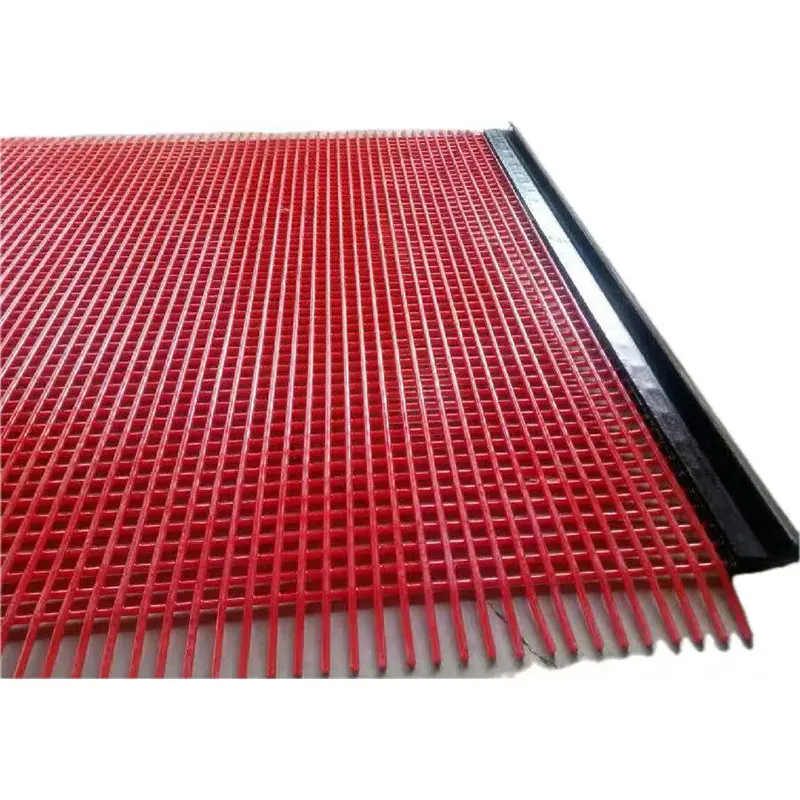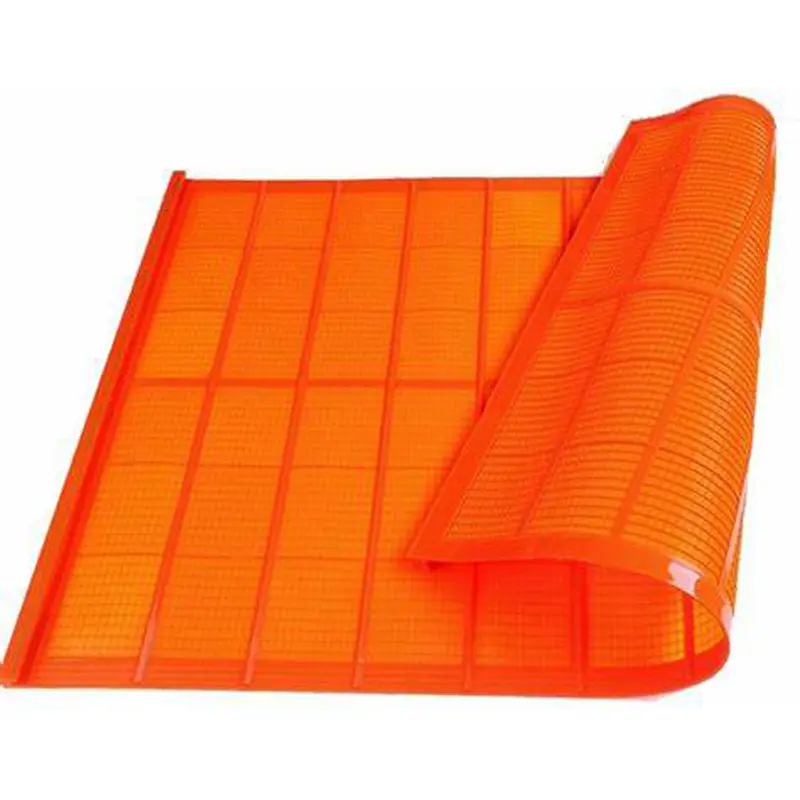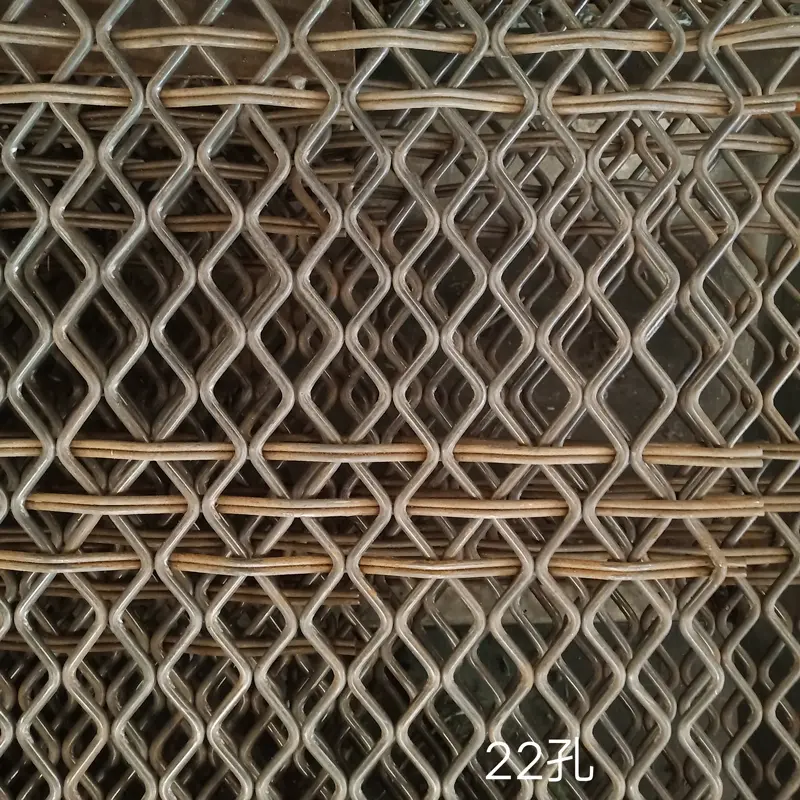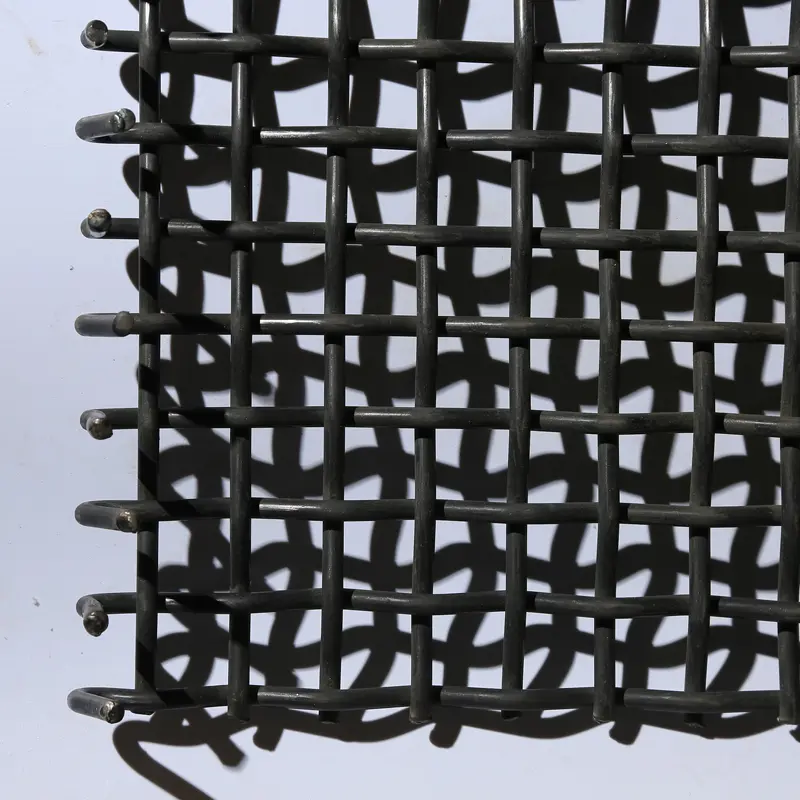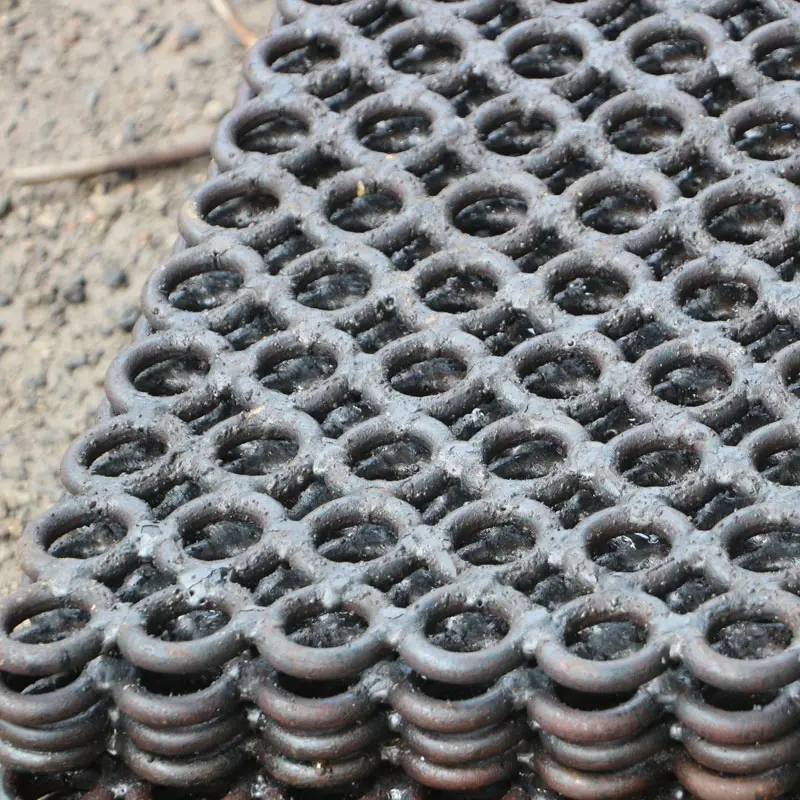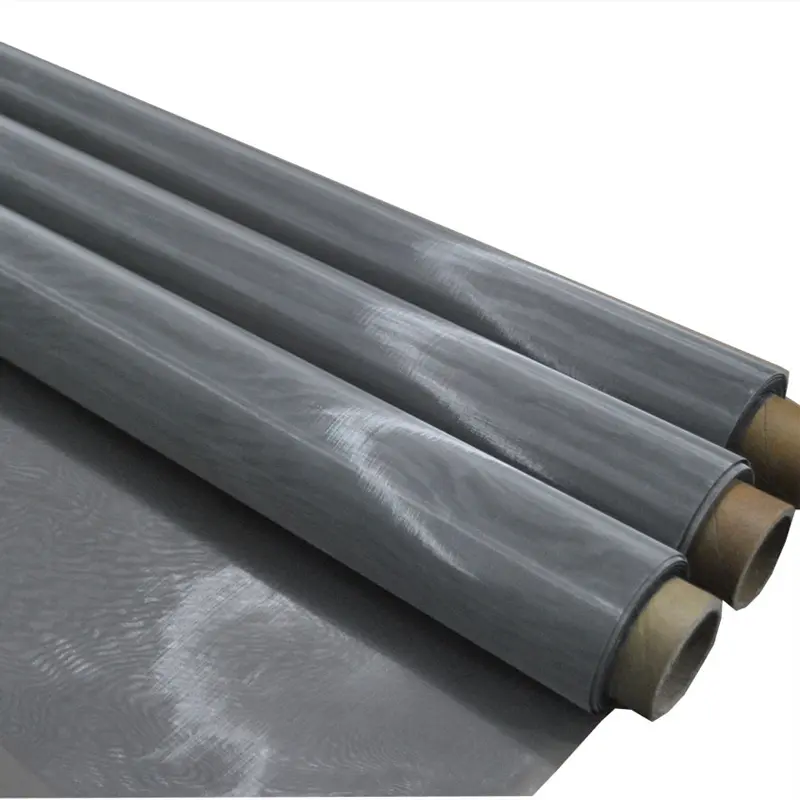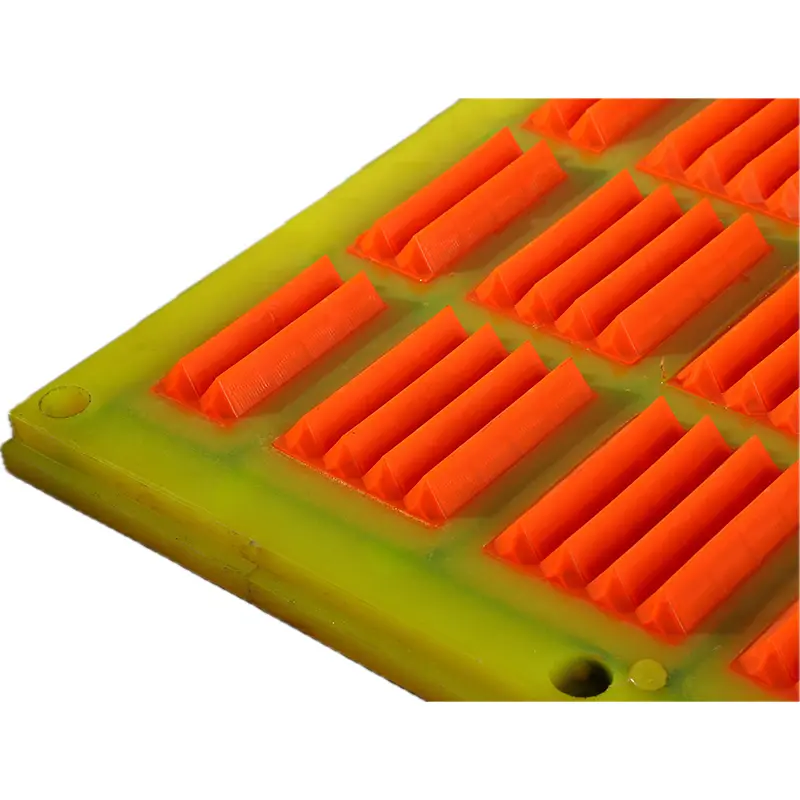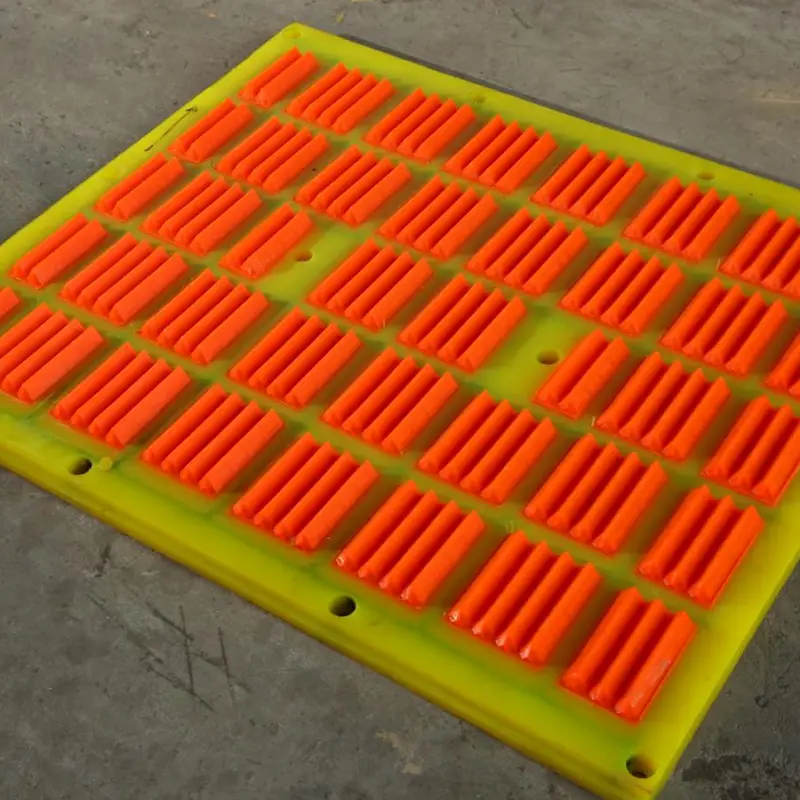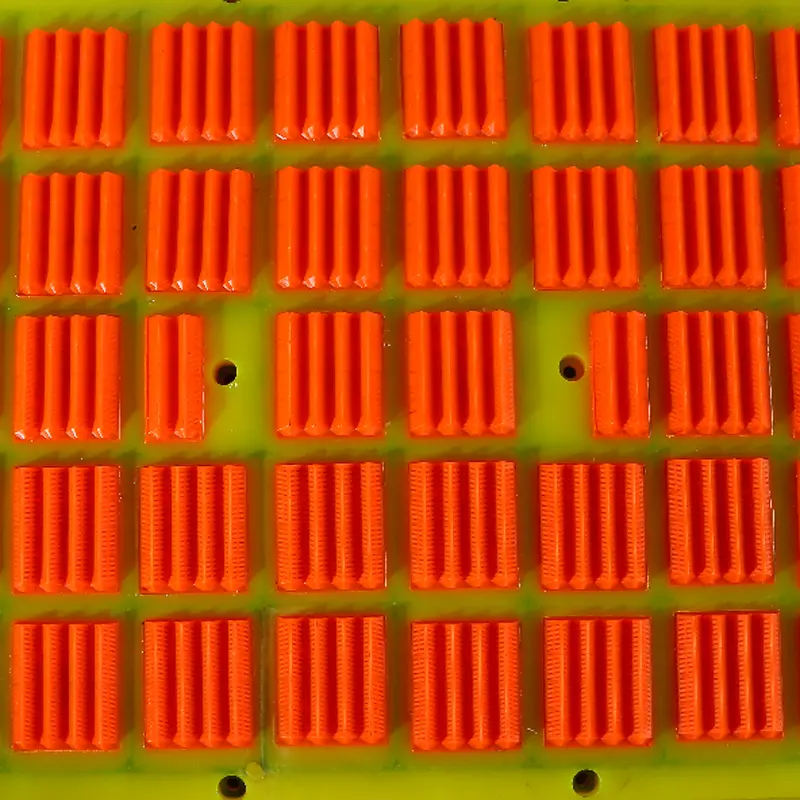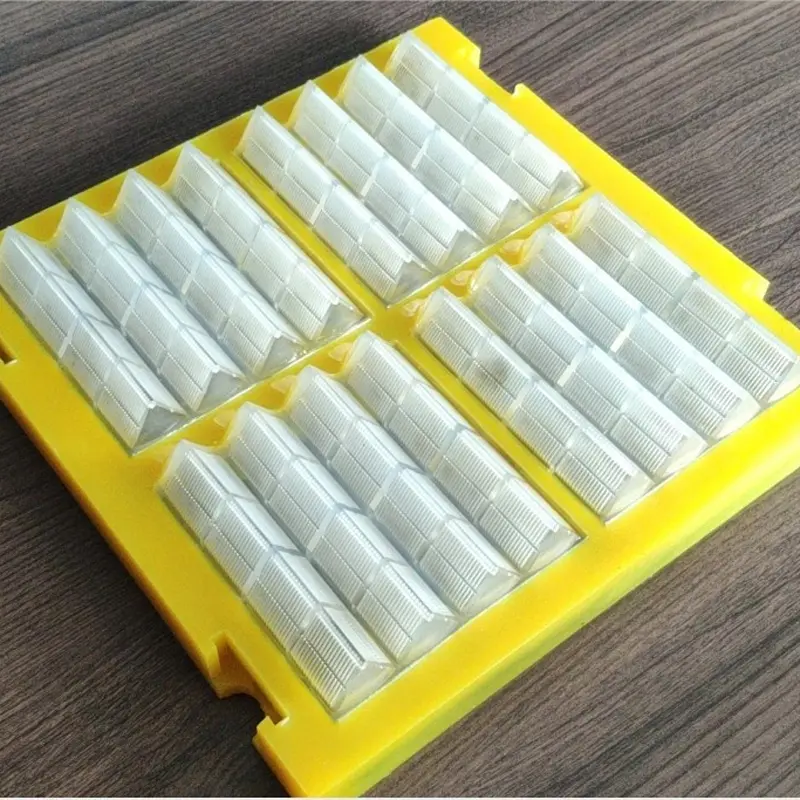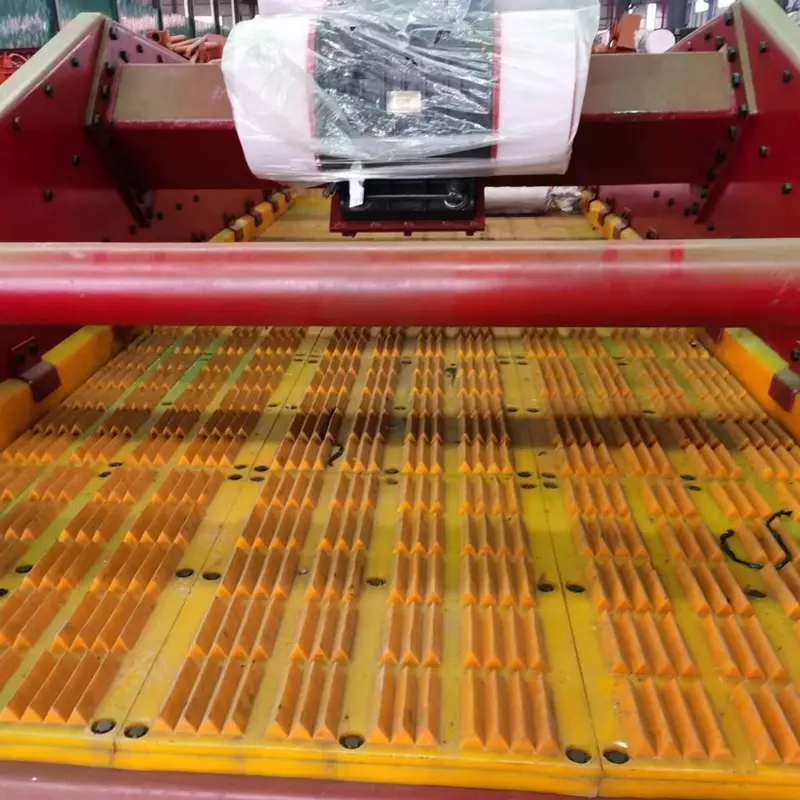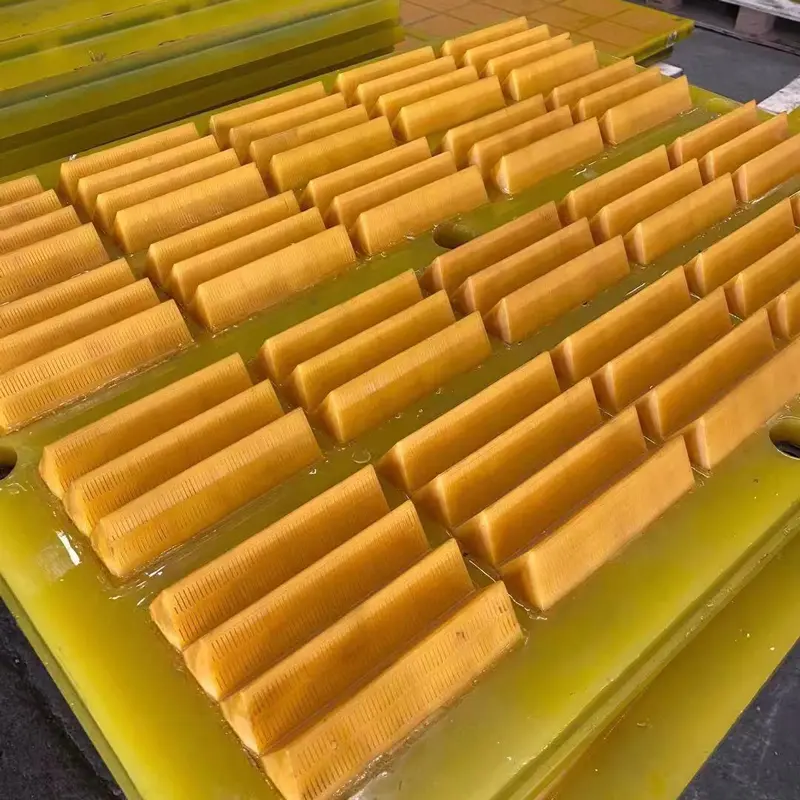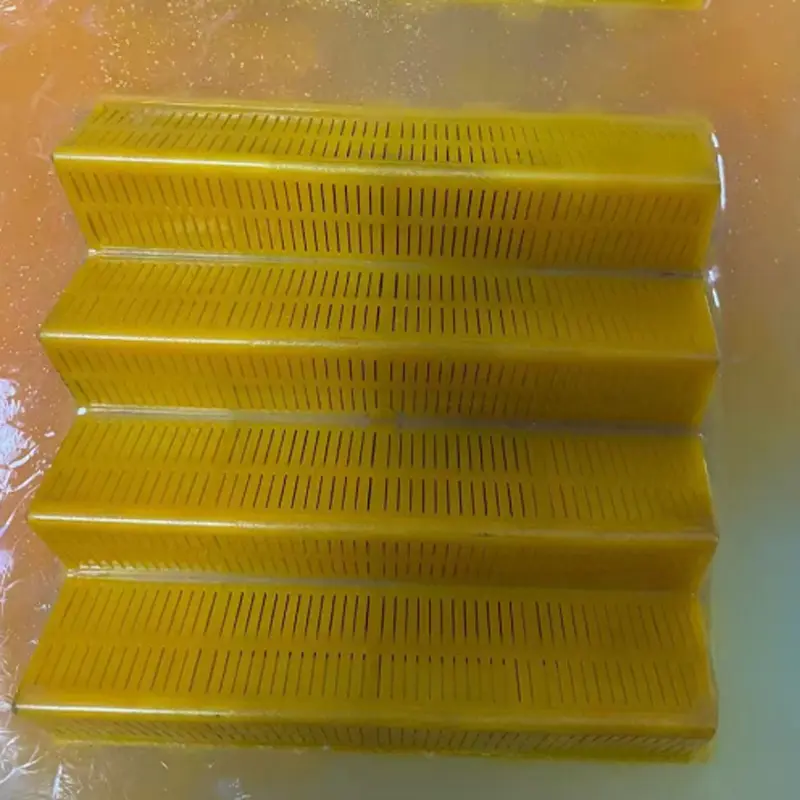01
Polyurethane Hump - Shaped Dewatering Screen Mesh
high open - area ratio
1. It exhibits a high open - area ratio. For screen meshes of the same aperture size, its surface is furnished with "ridges". These ridges effectively augment the screening area of the mesh, thereby doubling the screening efficiency.
filtering performance
2. In contrast to the original screen mesh, this particular screen mesh doubles the water - filtering performance.
modular production approach
3. It adheres to a standard modular production approach and is installed by means of pin connections.
specific requirements of customers
4. The aperture is designed in accordance with the specific requirements of customers.
The augmentation of screen holes on the surface of the screen enables the screening machine to handle a greater volume of materials. The screen holes of the TeePee screen are implanted onto the surface of the "ridges" and are distributed across the entirety of the screen surface. As illustrated in the figure, if the ridges of the TeePee screen were to be flattened, the width of the screen would increase significantly. With the same length and width dimensions, the screening area of the TeePee screen with "ridges" is expanded by 50%.
The TeePee screen is formed through the process of injection molding, which ensures a neat surface and uniformly - sized screen holes. Numerically - controlled injection - molding machines are utilized in the production process. This guarantees optimal production conditions throughout the manufacturing procedure, resulting in polyurethane screen holes that are not only uniform in size but also highly resistant to wear. The consummate design of the TeePee "ridge" screen has achieved substantial success in dewatering applications within iron, coal, and zinc mines in Australia. In addition to expanding the surface area and open - area of the screen, the protruding "ridge" segments also enhance the dewatering efficiency. They facilitate the dissipation of moisture carried within the materials. These "ridges" cause the materials to diverge the instant they drop. The initially disorderly materials are directed into each diversion groove. Given that there are screen holes on both sides of the diversion, the screening area is enlarged, thus enhancing the dewatering performance of the screen. Meanwhile, the filtering - pad function for fine materials remains intact. Ultra - fine powder still cannot permeate through the screen surface.
 No. 14, Building 2, No. 367 Beijing Road, Chengdu Economic and Technological Development Zone (Longquanyi District)
No. 14, Building 2, No. 367 Beijing Road, Chengdu Economic and Technological Development Zone (Longquanyi District)



